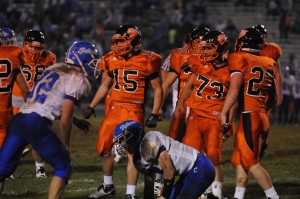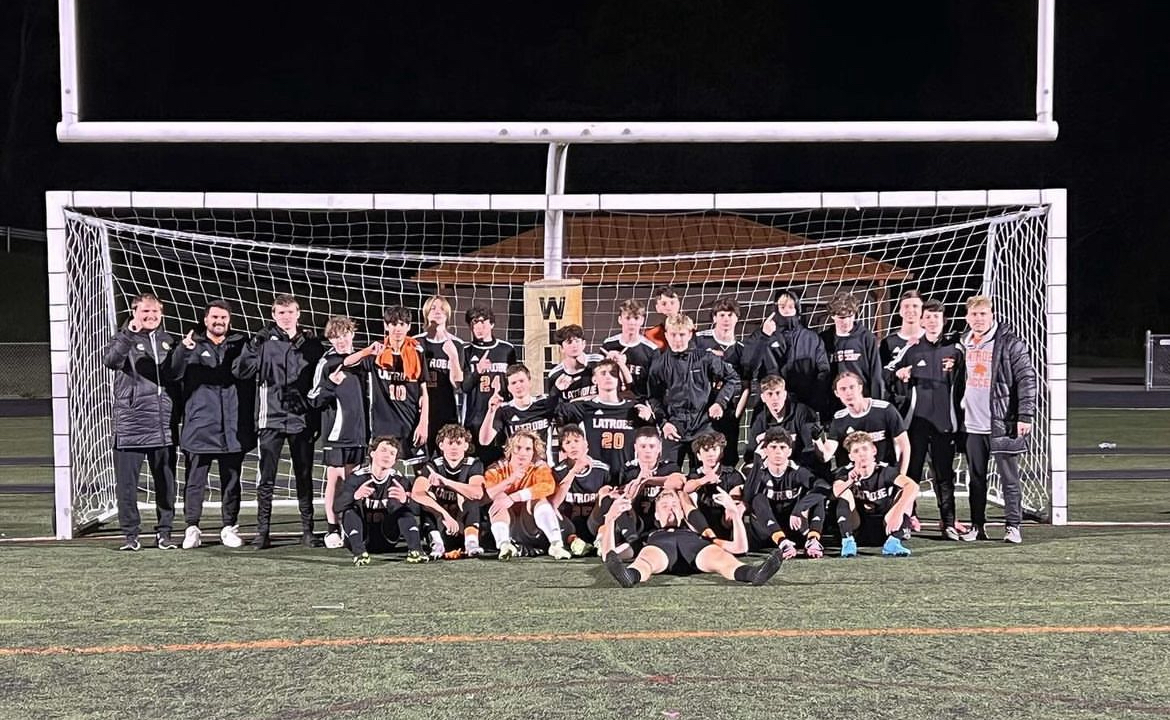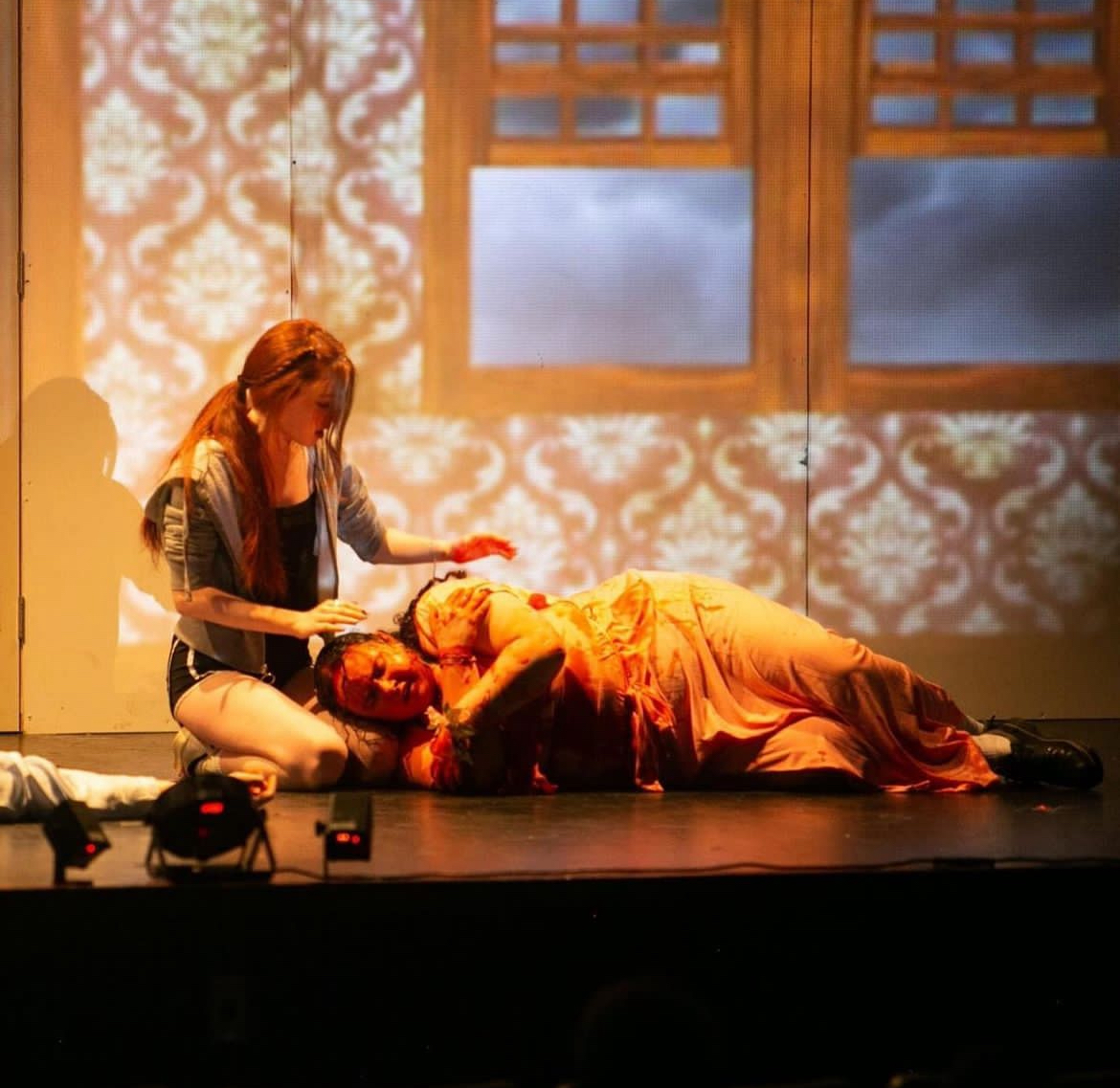 “Season ending injury,” three words that every athlete fears. One game, one play, one wrong move can end an athlete’s season, or sometimes even their whole career. Professional, amateur and student athletes deal with injuries frequently. After the initial shock the decision comes whether to play with the injury, hang up your shoes for good or sacrifice the offseason for surgery.
“Season ending injury,” three words that every athlete fears. One game, one play, one wrong move can end an athlete’s season, or sometimes even their whole career. Professional, amateur and student athletes deal with injuries frequently. After the initial shock the decision comes whether to play with the injury, hang up your shoes for good or sacrifice the offseason for surgery.
Professional athletes deal with prolonged injuries all the time. Pittsburgh Penguins center Sidney Crosby was sidelined with a concussion in January of 2011 and was just cleared for contact at the start of the NHL season in the middle of October. Crosby and his doctors recognized the risk in coming back too soon from a serious brain injury and paced his recovery accordingly. After 320 days and missing 68 games, Crosby finally returned to action on November 21.
Other athletes play through continually nagging injuries, Ben Roethlisberger has often been applauded for his toughness as a result of the various tackles he has taken and playing through the injuries he obtains. Every sports team must deal with the obstacle of unexpected and unwanted injuries, and just like these two Pittsburgh sports teams, teams at Greater Latrobe have learned to win despite the adversity of injury.
This summer, April Krivoniak, junior volleyball player, dealt with a Lisfranc fracture, which is when one or all of the metatarsal bones in ones foot are displaced. Krivoniak’s only choice was to a get surgery that would set her back nine months. She missed the entire high school volleyball season along with the beginning of club volleyball. Rehab will take her until February. “I didn’t have a choice whether or not to get surgery and I was not looking forward to it. The only thing that kept me going was that I knew it was the only way I’d ever play any kind of sport again,” said Krivoniak, who plans to continue her volleyball career after high school. Without a key player, the Latrobe Girls Volleyball team had to rally to make another run for the section title and made it into the first round of the WPIAL playoffs.
Athletes are sometimes faced with the choice of playing with a painful injury or sitting out until it heals. Some injuries cannot get worse, which was the case for senior football captain, Dan Ferguson, who tore his MCL and chose to move forward with his season after missing two games. Although painful, Ferguson chose to play through the pain. He said “[I continued] because I love football and it was my senior year, I wanted to play my last couple games for Latrobe.” After Ferguson’s return the wildcats went 2-0 for their last games of the season.
Likewise some injuries, specifically knee injuries, require immediate medical attention, often surgery. Senior Stevie Huston tore her ACL halfway through her junior soccer season. Although recovery from ACL surgery is long and intense, she chose to go through in hopes to save her knee for future sporting endeavors. Huston wanted to increase her chances of being able to play her senior season in good health. “It was a very long process, but UPMC made it easier to go through the recovery process,” said Huston. “If I had to choose whether or not to get surgery, I would definitely do it again.” The positive results have proven great and Huston feels that she came back to play at the level she wanted to.
Athletes have been known to learn to play with even the most sickening pain in order to finish out a season, hockey and football players alike often wait until the off season to get surgery. But student athletes need to make the decision on what is pushing too much and what isn’t pushing enough. With the help of coaches, trainers and teammates all athletes can make it through the long process to get back on the ice, court or field.











